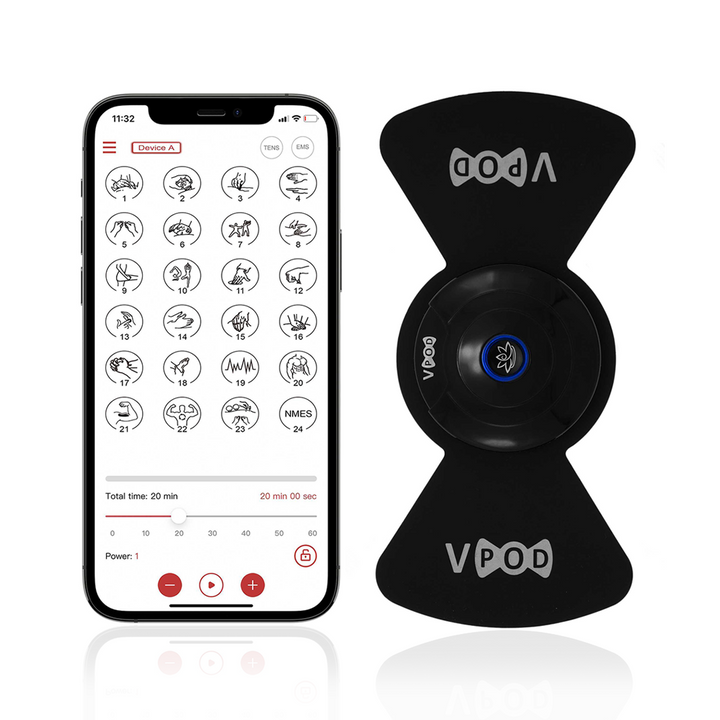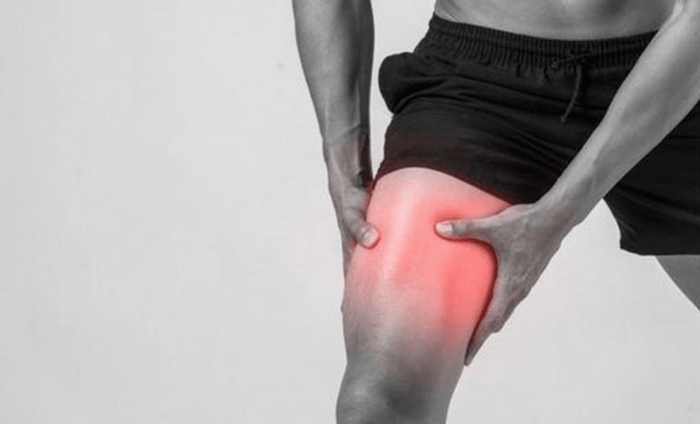A strained muscle can be a real pain – literally. Whether it's from a sports injury, a sudden movement, or even just a misstep, the discomfort and limitation it brings can disrupt daily activities and hinder productivity. However, with the right approach and a bit of patience, you can facilitate a speedy recovery. Here, we delve into the best methods to heal a strained muscle effectively.
Rest, but Don't Stop Moving:
- Rest is crucial in the initial stages of a strained muscle to prevent further damage and allow the healing process to kick in. However, complete immobilization for an extended period can lead to muscle stiffness and weakness. As soon as the acute pain subsides, gentle movement and stretching can promote blood flow, reduce stiffness, and prevent muscle atrophy.
- Ice and Heat Therapy:
- Applying ice packs in the first 48 hours after the injury helps constrict blood vessels, reduce swelling, and alleviate pain. Wrap ice or a cold pack in a towel and apply it to the affected area for 15-20 minutes every few hours. After the initial swelling subsides, heat therapy can be beneficial for relaxing muscles and promoting blood circulation. A warm compress, heating pad, or warm bath can be soothing and aid in the healing process.
Compression and Elevation:
- Compression helps limit swelling by applying gentle pressure to the injured area. Wrap the strained muscle with an elastic bandage, making sure it's snug but not too tight to impede circulation. Elevating the injured limb above heart level when possible can also reduce swelling by allowing fluids to drain away from the area.
Physical Therapy/TENS/EMS
- Once the acute phase has passed, engaging in physical therapy can be immensely beneficial for restoring strength, flexibility, and range of motion. A physical therapist can design a customized exercise program tailored to your specific injury, gradually reintroducing movement and strengthening exercises to prevent re-injury.
- Electrical nerve stimulation is used to treat acute and chronic pain. It is a form of electrical energy that is sent in various waveforms to the nerves/muscle groups. It is delivered through electrode patches, which is why it is called transcutaneous (through the skin) electrical nerve stimulation - TENS for short. It is a great natural and non-invasive way to block pain signals to the spinal cord and brain and improve blood circulation.
- If you're on the lookout for a great TENS/EMS unit that's also wireless and portable, we highly recommend the VPOD.
VPOD Wireless TENS, EMS & NMES Unit

$149.00
$175.30
Pain sets limits. You deserve to be limitless. Our VPod Wireless TENS Unit is a lightweight, portable device that will provide natural pain relief for all of your aches and pains. Break the boundaries and live a limitless life with… read more
Nutrition and Hydration:
- Proper nutrition is essential for tissue repair and recovery. Ensure you're getting an adequate intake of protein, vitamins, and minerals, particularly vitamin C, which is crucial for collagen synthesis. Stay hydrated by drinking plenty of water, as dehydration can impede the healing process and exacerbate muscle cramps.
Gradual Return to Activity:
- Rushing back into your regular activities too soon can prolong recovery time and increase the risk of re-injury. Once you're feeling better, gradually reintroduce physical activity, starting with low-impact exercises and gradually increasing intensity and duration as tolerated.
Listen to Your Body:
- Pay attention to your body's signals throughout the recovery process. If you experience increased pain, swelling, or limited mobility, scale back your activities and give yourself more time to heal. Pushing through pain can worsen the injury and delay recovery.
Recovering from a sprained muscle requires patience, dedication, and a multifaceted approach. By following these tips and techniques, you can facilitate a swift and effective recovery, getting you back on your feet and back to doing what you love in no time. Remember, it's essential to listen to your body, give it the rest and care it needs, and seek medical attention if symptoms persist or worsen.

